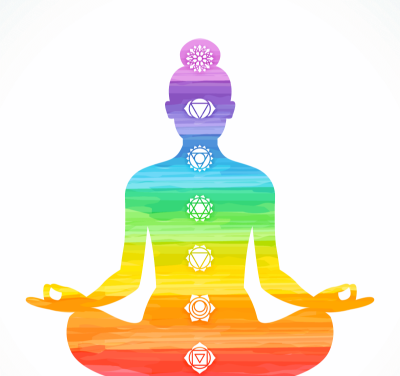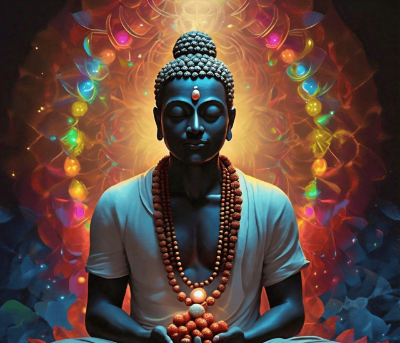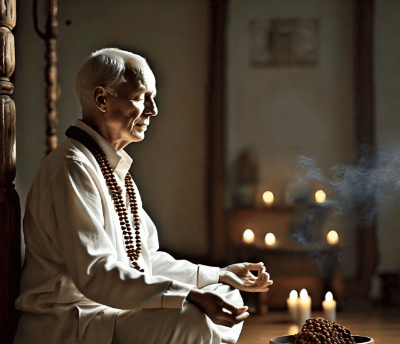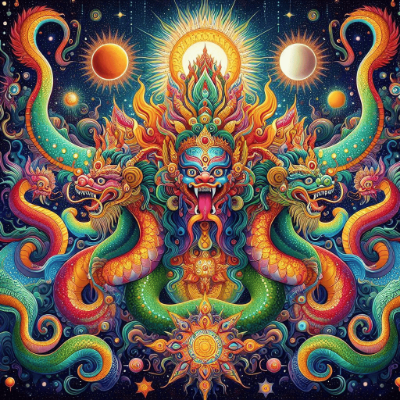Discover how Rudraksha can help alleviate stress and anxiety with its calming effects and meditation benefits. Rudraksha beads, revered in Hinduism and Buddhism, are not only spiritual tools but also powerful allies in managing stress and anxiety. These sacred seeds, believed to be the tears of Lord Shiva, have been used for centuries for their calming properties and benefits in meditation. This article explores the significance of Rudraksha in alleviating stress and anxiety, detailing how these beads can enhance mental well-being and promote a peaceful state of mind.
Learn how Rudraksha can help balance your chakras and align your energy for spiritual growth and well-being. Rudraksha beads have been revered for centuries in various spiritual traditions, particularly in Hinduism and Buddhism, for their ability to enhance meditation and promote spiritual growth. This article explores the intricate relationship between Rudraksha and the chakra system, providing insights into how these sacred beads can help balance your energy and foster well-being.
As the writer of this blog, I have always been intrigued by the intersection of spirituality and science. My exploration of Rudraksha began out of curiosity, and I was amazed by the depth of knowledge surrounding these sacred beads. Through this article, I aimed to provide readers with a comprehensive understanding of Rudraksha, combining historical context with scientific insights. It has been a personal journey of discovery, and I hope to inspire others to delve into the mysteries of Rudraksha as I have. Each bead carries its own story and energy, and I believe that everyone, regardless of their spiritual background, can benefit from incorporating Rudraksha into their lives.
As the writer of this blog, I embarked on a fascinating journey into the world of Rudraksha. Crafting this article, I delved into ancient lore and modern scientific studies, weaving together a narrative that highlights the profound impact these sacred beads can have on spiritual growth. With each paragraph, my understanding of Rudraksha deepened, and I found myself captivated by their mystical allure. This exploration was not just an academic exercise but a personal journey into spirituality, offering insights and revelations that I am eager to share with you. Join me in this adventure, as we uncover the transformative power of Rudraksha, a tool that holds the potential to enrich our lives and elevate our spiritual paths.
As a priest, I have witnessed the profound impact of Rahu-Ketu Shanti on various aspects of life. From understanding the effects of Rahu-Ketu dosha to learning about the benefits of Shanti puja, I have gained valuable insights into the world of Rahu-Ketu Shanti. In this blog, I share my findings and provide guidance on how to remove problems with Shanti puja and Rudraksha.






